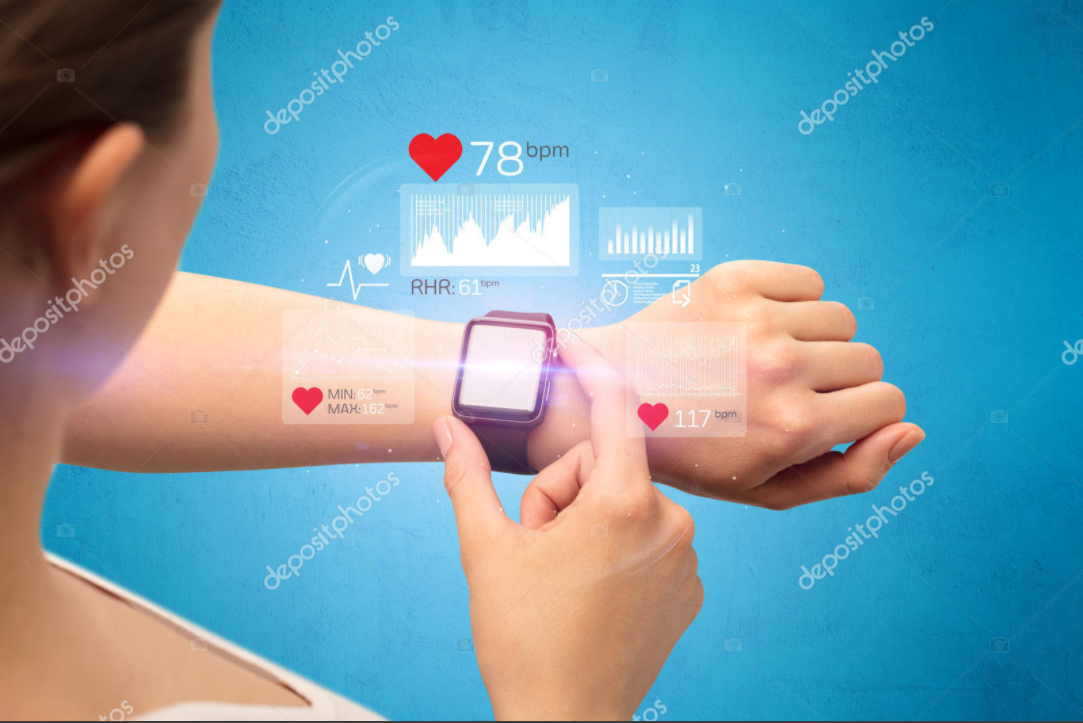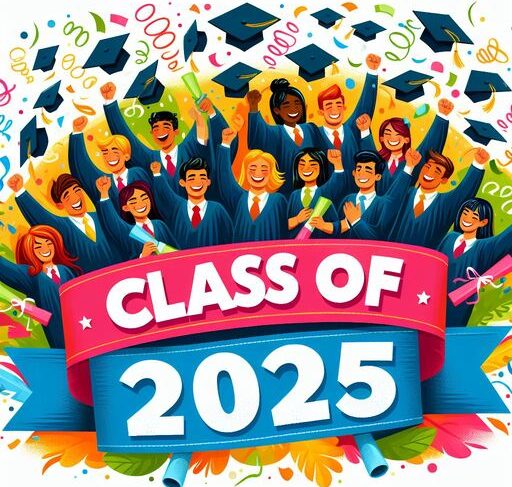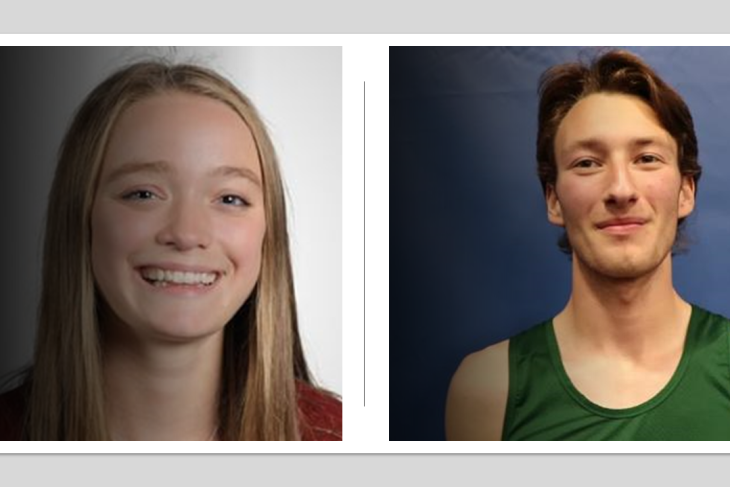
The Benefits of Training Using a Heart Rate Monitor
The following article appeared in Walk! Magazine, Vol 4 Issue 1, Spring 2008.
Some edits have been made by the author since it was originally published.
Much has been made over the last 15 to 20 years on the benefits of working in your appropriate heart rate zones so that you can maximize your exercise benefits and assure that you are exercising at the appropriate intensity. The most efficient method to do this is by utilizing a heart rate monitor (HRM) while you are training. But, just how do I get this technology to work for me and how will it benefit me in my walking, or other exercise plans?
Before you go out and purchase a HRM, which can range in cost from $50 to $500, you need to know a bit more about your body and how it works during exercise. Before we deal with that, let me dispel a myth. Your age has nothing to do with your maximum heart rates. The formula of “220 – Your Age” to figure out your maximum heart rate is based upon solid science … fiction. Everyone’s body has a current range of efforts he or she can handle and an upper limit that can be achieved.
There are a few terms that you need to understand that will make heart rate training and HRMs easier to understand and their value more apparent. The terms to know are Aerobic Base (AB), Anaerobic Threshold (AT) and Lung Capacity (VO2 Max).
Aerobic Base
Many times you’ve heard about the importance of building your base in training. You do lots of miles at an easy to moderate pace to make you stronger for the longer events. But what is your AB, really? Scientifically, it is the last point at which you are burning fat at 50% of the your utilized fuel consumption during exercise. Everyone has a heart rate where this occurs. The fitter you are, the higher the number, Ideally, this should be a heart rate and the corresponding pace that you can complete a 20 km or half marathon event.
Anaerobic Threshold
This point, known as AT, is where you get really inefficient at exercise and it can be downright uncomfortable for those who ignore speedwork or are just generally unfit. Why is it so hard to exercise at this intensity? Basically, because this is where the body can no longer metabolize (use) fat as a fuel during exercise. The body has no other choice but to use sugar because it needs energy faster than you can break down fat. Part of the reason for this is you are reaching the limits of your body has in bringing in oxygen to burn the fat. To figure out the heart rate or pace of your AT, most people need to race a 3000m to 2 mile event. Highly conditioned athletes can race at this level for up to 10 km.
Lung Capacity
The lungs are tissues, and like most, they have a limit to what they can do. This is maximum intake of oxygen called the VO2 Max. What this refers to is a formula that tells us the limits of how much volume of oxygen they can take in at any one time during exercise. The higher the number, the better the function. Why is this such a factor in my walking? Very simply, the lungs take in O2, send it to the blood, which takes it to the muscles, where it is brought to the mitochondria (power plants of the muscles) and is used to burn fat for energy. The more oxygen the lungs can take in, the more work the muscles can do. The average US woman has a VO2 Max of about 36, a US man around 45. Olympic Race Walkers like Kevin Eastler are more likely to be in the high 70s to low 80s. Now you understand why they are so much faster than the rest of us.
Without getting into too much detail on different training philosophies and methods, as Dave McGovern covers that topic well in his articles (and his upcoming book – The Complete Guide to Competitive Walking), let’s just say that the intent is to maximize all of the three training effects (AB, AT and VO2 Max) by spending time at a variety of intensities. It is a downright error in judgement to always train at the same pace or effort level, regardless of the event you are working toward or whatever your other fitness goals may be. This will only assure that you get really good at one thing, at the exclusion of the others. It will also assure that you never reach your maximum potential for fitness or performance.
What I recommend that everyone do is have an assessment done of their current fitness so that the state of their physiology can be determined. This can be as simple as doing a timed effort over 3000m and then matching your performance with one of the many performance tables to figure out your fitness level. (Note: Most standards, like Jack Daniels’ tables, are based upon running times. Using your 3000m time in the 5000m scale is a pretty accurate estimate of walking fitness for VO2 Max, etc.) If you are really interested in getting the details on your inner workings, spend the time and money to get a lab test done that will give your an evaluation of your AB, AT and VO2 Max. Many universities will do this for $100 – $150 and some gyms, like Life Time Fitness, have also started using these tests too.
How to Buy a Heart Rate Monitor
Alright, now that you have a pretty good understanding of the value of a HRM to your fitness goals, just what should one look for when purchasing one? Cost, features, ease of use and the quality of the product are all important concerns to every consumer, and it should be no different when considering a training aid such as this. Originally, I focused on Polar HRMs as I was regional sales manager and trainer for those products and they were the industry standard. Since 2008, Garmin and many other companies have designed excellent products which will serve your needs completely. I still prefer Polar, but buy what works for you.
HRMs can go from $50 – $500, but like anything else, you get what you pay for, so let the buyer beware. The more serious the exerciser, the more serious the toys one will want to invest in to assist them in their endeavors. The one feature that used to be mandatory, but is no longer needed is a chest strap. In the original version of this article, I mentioned that wrist based sensors were unreliable and inaccurate. This is simply no longer the case. All of the wrist based sensors now provide accurate and reliable HR data.
Generally, I recommend that walkers look at getting into the market at the $150 level. This level allows for programming of the individual’s personal heart rate zones into the watch. This simplifies training because the watch manages your intensities so that you do not have to memorize what those zones are, just the time that you need to spend in each.
For the more serious walker, the $250 level will offer more bells and whistles. Usually the software on these watches offer much more ability to get custom details of your training and also the ability to create your own workouts on the watches as well.
Using any of these watches with online services like Polar Flow, Strava or Final Surge will enable you, or your coach to create entire training plans for you to download to your watch. This will allow the watch to guide every part of your training and also provide almost immediate feedback to your coach.
The big change in the market is the quality of GPS data and reliability to satellites to track distance and pace. These vary wildly between brands and models. For your typical walker, all are within the range of acceptable performance standards. If you’re doing the same courses routinely, you’ll see differences in how that data is recorded daily, as split locations will change slightly. This is normal behavior and not a malfunction. Also, please don’t ever complain to a race director that their course is long/short because your watch GPS said so. You’ll be shamed publicly by them. GPS is not an accurate measurement.
Try the watch on if you can. Borrow your friend’s to see how it works. The display options on the touch screen and buttons will vary. The ability to read it while exercising will too. How easily does it sync to your phone, computer and all the apps you’re using to post workouts online and send them to your coach? These are critical concerns for every user. Read online reviews of the currently available models. User testers will generally answer all the questions you have and more. Be an educated consumer.
Whatever the level of the HRM that you choose to use, make sure you get a product that will be durable and grow with you as your interests and abilities change over time. Getting one because it’s on sale will only lead to frustration when you outgrow it or it fails a year after buying it. Just like every other piece of gear you buy for your training, your HRM buying decision should be treated like the important investment that it is.




